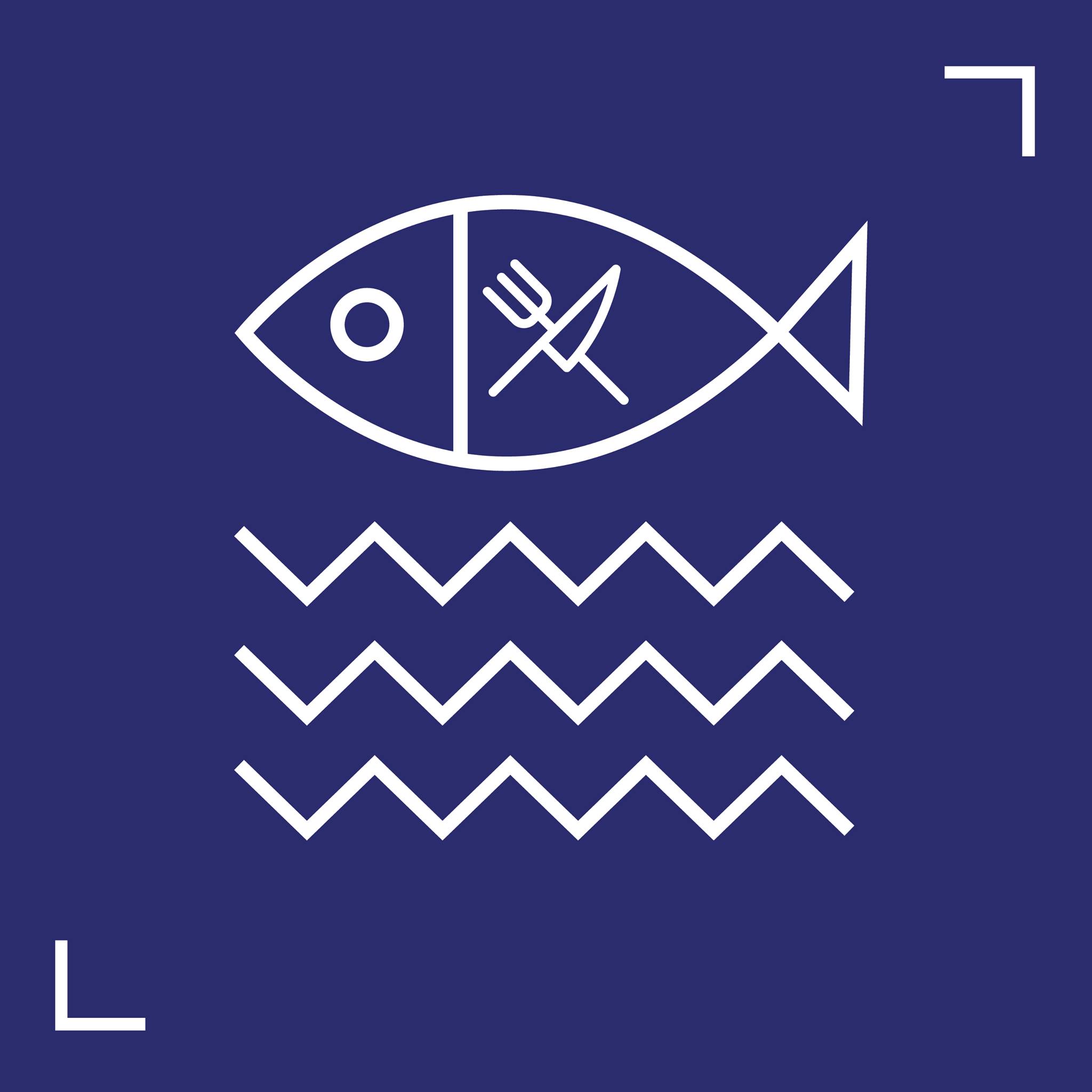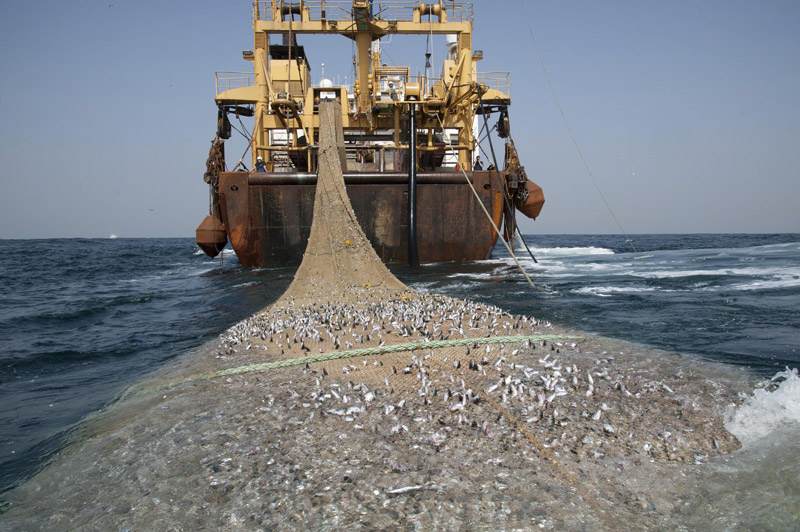Imagine if you weren’t able to eat your favourite seafood dish, or if all aquariums in the world disappeared? Think about how complicated and intricate the food chain is and if one whole species were wiped out, how detrimental will this be to our planet. You might think that it’s only imagination but if we continue at the current rate of overfishing, we will surely face the consequences.
How it started
Earliest records of overfishing date back to 1800s, when society decimated the whale population for their blubber for lamp oil. Throughout the 1900s, for the purpose of consumption, people harvested fish species like the cod, herring and sardines near the brink of extinction. By the late 20th century, overfishing became a global problem yet, today many people don’t see the seriousness.
The rise of big industrial fishing fleets are the main cause of overfishing. Policies, loans, and subsidies spawned a rapid rise of large, profit-seeking commercial fleets who aggressively scouring the world’s oceans and developed destructive fishing methods, like the super trawler, for capturing target species.
Consumers soon grew accustomed to having access to a wide selection of fish species at affordable prices.In 2003, a scientific report estimated that industrial fishing had reduced the number of large ocean fish to just 10% of their pre-industrial population.

Impacts
- Lost SpeciesToday, 90% of all large predatory fish are gone. Some of the species caught for food that are in danger from overfishing:
- Socio-economic impacts
Since fish provides more than 7 billion people with almost 15%or more of their dietary animal protein, the effects of overfishing are most forcefully felt by them. With other nations and cultures, fishing is their way of life and how they support themselves and their family. Many coastal communities depend of fish and are likely to face poverty.
- Food Chain Imbalance
As the balance of the food chain and ecosystems are disrupted, this changes the predator-prey relationships in the ocean and as scarcity of their typical food source increases, some species may not be able to adapt to the new conditions and might die out.
If one species declines, fisheries expand their fishing areas and efforts or simply target another species. Global fishing needs to be reduced by about 50% to make fisheries more economical and allow fish populations to be sustainable.
- Loss of livelihoods
Fishermen may be forcing to loose their jobs and find work in another industry. The global poor will likely suffer the most from food scarcity issues, malnutrition, and economic insecurity due to the disappearance of global fish stocks.
With overfishing, pollution, climate change, habitat destruction, and acidification in our oceans, we’re really facing the next GFC – Global Fish Crisis.

The Future
Now that we’re faced with the collapse of fish populations, commercial fleets are ‘fishing down’ which means they are going deeper in the ocean and father down the food chain for viable catches. Scientists predict that if we continue to overfish at the current rate, all fish populations will be depleted by 2050.
Therefore, it is important that we take action to stop destructive fishing methods, improve consumer awareness and choices and impose regulations on overfishing. Although illegal fishing remains to plagues the industry, many scientists are optimistic that fish populations could be restored with stricter fisheries management, better enforcement of legislation on catches, and increased use of aquaculture.
– A.K #Error404fish









